Calendula Container Gardening: Ready to brighten your balcony, patio, or even your kitchen windowsill with a burst of sunshine? I’m so excited to share my favorite tips and tricks for growing these cheerful flowers right in containers! For centuries, calendula, also known as pot marigold, has been cherished not only for its vibrant beauty but also for its incredible medicinal properties. From ancient Egyptians using it for rejuvenation to medieval Europeans employing it in cooking and healing, calendula boasts a rich and fascinating history.
But let’s be honest, who has the time or space for a sprawling garden these days? That’s where calendula container gardening comes to the rescue! This DIY guide will walk you through everything you need to know to successfully cultivate these sunny blooms in pots, even if you’re a complete beginner. Imagine snipping fresh calendula petals to add a pop of color to your salads, using them to create soothing skin salves, or simply enjoying their cheerful presence every day.
I’ll show you how to choose the right containers, select the best soil, and provide the perfect amount of sunlight and water. Plus, I’ll share my secret hacks for maximizing blooms and keeping your calendula plants healthy and thriving. So, grab your gardening gloves, and let’s get started on this rewarding and beautiful project! You’ll be amazed at how easy and fulfilling it is to grow your own calendula, even in a small space.
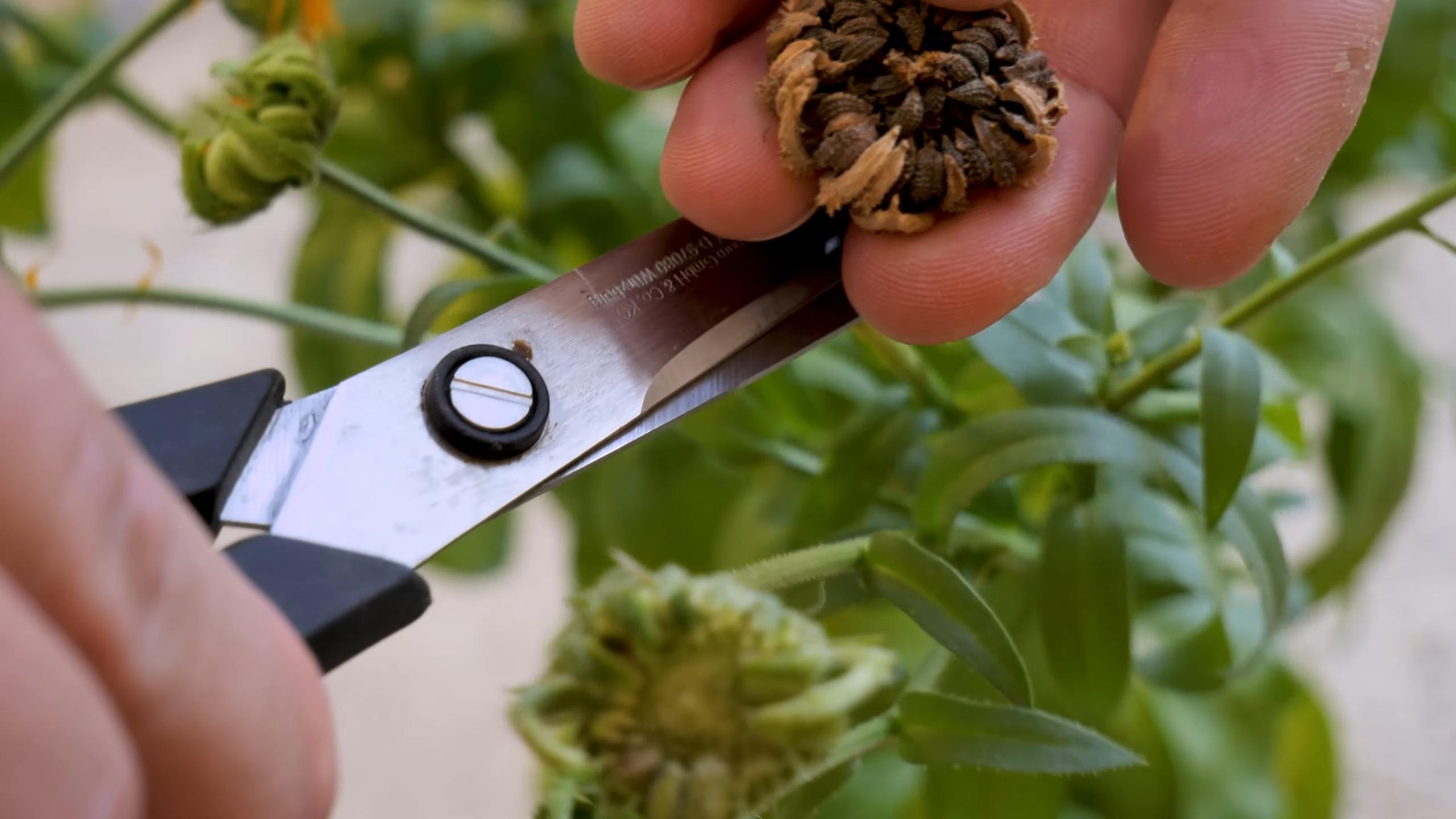
Calendula Container Gardening: A Burst of Sunshine on Your Patio!
Hey there, fellow gardening enthusiasts! I’m so excited to share my love for calendula and how easy it is to grow these cheerful flowers in containers. Not only are they beautiful, but they also have amazing medicinal properties. Plus, they attract beneficial insects to your garden – it’s a win-win! So, let’s get our hands dirty and create a vibrant calendula container garden.
Choosing the Right Container and Soil
Before we even think about seeds, we need to set the stage for success. The right container and soil are crucial for happy, thriving calendula plants.
* Container Size: Calendula plants can get a bit bushy, so I recommend a container that’s at least 12 inches in diameter and 12 inches deep. This gives their roots plenty of room to spread out and keeps them from getting root-bound.
* Drainage: This is non-negotiable! Make sure your container has drainage holes. Calendula hates soggy feet, and poor drainage can lead to root rot. If your container doesn’t have holes, you can drill some yourself.
* Material: You can use terracotta, plastic, ceramic, or even repurposed containers like old buckets or tubs. Just make sure they’re clean and have good drainage. I personally love terracotta pots because they’re breathable and help prevent overwatering.
* Potting Mix: Forget garden soil! It’s too heavy and compacts easily in containers. Instead, opt for a high-quality potting mix. Look for a mix that’s well-draining and contains ingredients like peat moss, perlite, or vermiculite. I often add some compost to my potting mix for extra nutrients.
Sowing Calendula Seeds
Now for the fun part – planting! Calendula is super easy to grow from seed, and you can either start them indoors or directly sow them into your container. I usually prefer direct sowing because it’s less fuss.
1. Prepare the Soil: Fill your container with the potting mix, leaving about an inch or two of space at the top. Gently pat down the soil to create a firm surface.
2. Sow the Seeds: Sprinkle the calendula seeds evenly over the surface of the soil. You don’t need to bury them too deep – about ¼ inch is perfect.
3. Cover the Seeds: Lightly cover the seeds with a thin layer of potting mix.
4. Water Gently: Use a watering can with a gentle rose attachment to water the soil thoroughly. You want to moisten the soil without disturbing the seeds.
5. Keep it Moist: Keep the soil consistently moist until the seeds germinate. You can cover the container with plastic wrap to help retain moisture, but be sure to remove it once the seedlings emerge.
6. Thinning (If Necessary): Once the seedlings are a few inches tall, you may need to thin them out if they’re too crowded. Aim for about 6-8 inches between plants.
Caring for Your Calendula Plants
Calendula is pretty low-maintenance, but here are a few tips to keep your plants happy and healthy:
* Sunlight: Calendula loves sunshine! Aim for at least 6 hours of direct sunlight per day. If you live in a hot climate, some afternoon shade can be beneficial.
* Watering: Water your calendula plants when the top inch of soil feels dry to the touch. Avoid overwatering, as this can lead to root rot.
* Fertilizing: Calendula doesn’t need a lot of fertilizer, but a light feeding every few weeks can help promote blooming. Use a balanced liquid fertilizer diluted to half strength.
* Deadheading: This is key to encouraging continuous blooming! Regularly remove spent flowers by snipping them off just below the flower head. This prevents the plant from putting energy into seed production and encourages it to produce more flowers.
* Pest Control: Calendula is relatively pest-resistant, but aphids and spider mites can sometimes be a problem. If you notice any pests, try spraying them off with a strong stream of water or using an insecticidal soap.
* Harvesting: You can harvest calendula flowers as soon as they’re fully open. Simply snip off the flower heads with scissors or pruning shears. I love using the petals in salads, teas, and homemade skincare products.
Troubleshooting Common Problems
Even with the best care, you might encounter a few issues. Here’s how to troubleshoot some common problems:
* Yellowing Leaves: This could be a sign of overwatering, underwatering, or nutrient deficiency. Check the soil moisture and adjust your watering accordingly. If the soil is consistently moist, let it dry out before watering again. If the leaves are yellowing all over, try fertilizing with a balanced fertilizer.
* Leggy Growth: If your calendula plants are tall and spindly with few flowers, they’re probably not getting enough sunlight. Move them to a sunnier location.
* Powdery Mildew: This fungal disease can cause a white, powdery coating on the leaves. Improve air circulation by spacing your plants further apart and avoid watering the foliage. You can also treat powdery mildew with a fungicide.
* Lack of Blooms: If your calendula plants aren’t blooming, they may need more sunlight, fertilizer, or deadheading. Make sure they’re getting at least 6 hours of direct sunlight per day, fertilize them regularly, and remove spent flowers.
Calendula Varieties to Consider
There are so many beautiful calendula varieties to choose from! Here are a few of my favorites:
* ‘Pacific Beauty’: This is a classic calendula variety with large, double flowers in shades of yellow and orange.
* ‘Bronzed Beauty’: This variety has unique bronze-colored petals with dark centers.
* ‘Radio’: This heirloom variety has quilled petals that give it a unique, spiky appearance.
* ‘Sherbet Fizz’: This variety has creamy yellow petals with a reddish-orange center.
* ‘Orange King’: A vibrant variety with large, bright orange flowers.
Using Calendula in Your Home and Garden
Calendula is more than just a pretty flower – it has a wide range of uses!
* Medicinal Uses: Calendula has anti-inflammatory, antiseptic, and wound-healing properties. You can use it to make salves, creams, and teas to soothe skin irritations, heal wounds, and reduce inflammation.
* Culinary Uses: Calendula petals are edible and can be used to add color and flavor to salads, soups, and other dishes. They have a slightly peppery taste.
* Natural Dye: Calendula petals can be used to make a natural yellow dye for fabrics and other materials.
* Companion Planting: Calendula attracts beneficial insects like ladybugs and hoverflies, which prey on aphids and other pests. It’s a great companion plant for vegetables like tomatoes, peppers, and cucumbers.
Extending the Blooming Season
Want to enjoy your calendula blooms for as long as possible? Here are a few tips:
* Succession Planting: Sow new seeds every few weeks to ensure a continuous supply of blooms.
* Deadheading: As mentioned earlier, deadheading is crucial for encouraging continuous blooming.
* Watering: Keep the soil consistently moist, but avoid overwatering.
* Fertilizing: Fertilize regularly with a balanced liquid fertilizer.
* Protect from Frost: Calendula can tolerate light frost, but it’s best to protect it from hard freezes. You can cover your containers with blankets or move them indoors.
Enjoying Your Calendula Container Garden
Growing calendula in containers is such a rewarding experience. Not only do you get to enjoy the beauty of these cheerful flowers, but you also get to reap the benefits of their medicinal properties and attract beneficial insects to your garden. So, grab a container, some seeds, and get ready to create a vibrant calendula oasis on your patio or balcony! I hope you found this guide helpful, and happy gardening!
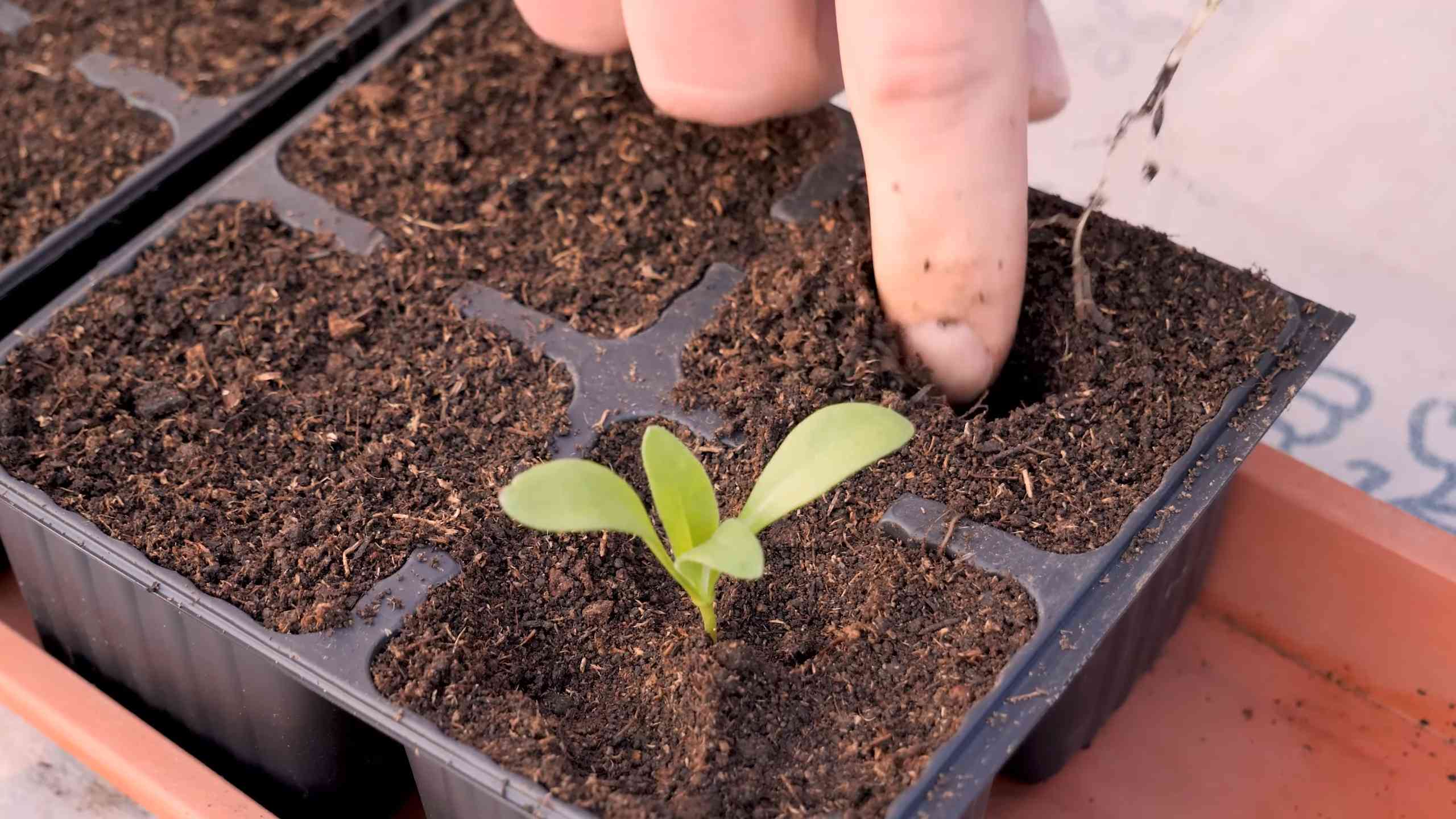
Conclusion
So, there you have it! Transforming your outdoor space with vibrant, cheerful calendula through container gardening is not just a visually appealing project; it’s a rewarding experience that connects you with nature and provides a host of benefits. We’ve walked through the simple steps, from selecting the right container and soil to nurturing your calendula plants for a bountiful bloom.
But why is this DIY calendula container gardening trick a must-try? Because it’s accessible to everyone, regardless of gardening experience or space constraints. Whether you have a sprawling backyard or a tiny balcony, you can enjoy the beauty and benefits of calendula right at your fingertips. It’s a cost-effective way to add color and life to your surroundings, and it’s incredibly satisfying to watch your plants thrive under your care.
Beyond the aesthetic appeal, calendula offers a range of practical uses. The petals are edible and can add a peppery zest to salads and other dishes. They also possess medicinal properties, traditionally used to soothe skin irritations and promote healing. Growing your own calendula allows you to harness these benefits naturally and sustainably.
Looking for variations to spice things up? Consider companion planting! Calendula is a fantastic companion plant for many vegetables, attracting beneficial insects and deterring pests. Try planting them alongside tomatoes, peppers, or cucumbers to create a thriving and balanced garden ecosystem. You can also experiment with different container styles and sizes to create a visually interesting display. Think terracotta pots for a rustic look, or sleek modern planters for a contemporary feel. Don’t be afraid to mix and match colors and textures to create a truly unique and personalized garden. Another fun variation is to create a calendula tea blend by drying the petals and combining them with other herbs like chamomile or mint. This makes a soothing and flavorful beverage.
The key to successful calendula container gardening is consistent care. Remember to water regularly, especially during hot weather, and fertilize every few weeks to encourage continuous blooming. Deadheading spent flowers will also promote new growth and keep your plants looking their best.
We’re confident that you’ll find this DIY project both enjoyable and rewarding. So, grab your gardening gloves, choose your favorite containers, and get ready to experience the joy of growing your own calendula. We encourage you to try this DIY calendula container gardening trick and share your experiences with us! Post photos of your beautiful calendula containers on social media using #CalendulaContainerGardening and let us know what you think. We can’t wait to see your creations and hear your stories! Happy gardening!
Frequently Asked Questions (FAQ)
What is the best time of year to start calendula container gardening?
Calendula is a cool-season flower, so the best time to start your container garden is in early spring or late summer/early fall. Starting in early spring allows the plants to establish themselves before the heat of summer arrives, while a late summer/early fall start provides a beautiful display of blooms as the weather cools down. In warmer climates, you can even grow calendula throughout the winter. Avoid planting during the hottest months of summer, as the plants may struggle in the extreme heat.
What type of soil is best for calendula in containers?
Calendula prefers well-draining soil that is rich in organic matter. A good potting mix specifically formulated for containers is ideal. Avoid using garden soil, as it can become compacted in containers and doesn’t drain as well. You can also amend your potting mix with compost or other organic materials to improve its fertility and drainage. Look for a potting mix that contains ingredients like peat moss, perlite, and vermiculite. These ingredients help to retain moisture while also providing good drainage.
How much sunlight does calendula need in a container?
Calendula thrives in full sun, which means at least six hours of direct sunlight per day. However, in hotter climates, they can benefit from some afternoon shade to prevent the flowers from scorching. If you’re growing your calendula indoors, place the container near a sunny window or use grow lights to provide adequate light. Insufficient sunlight can result in leggy growth and fewer blooms. Observe your plants closely and adjust their location as needed to ensure they are receiving enough light.
How often should I water my calendula plants in containers?
Water your calendula plants regularly, especially during hot and dry weather. The soil should be kept consistently moist, but not soggy. Overwatering can lead to root rot, so it’s important to allow the top inch of soil to dry out between waterings. Check the soil moisture by sticking your finger into the soil. If it feels dry to the touch, it’s time to water. When watering, water deeply until the water drains out of the bottom of the container. This ensures that the roots are thoroughly hydrated.
Do I need to fertilize my calendula plants in containers?
Yes, fertilizing your calendula plants will help to promote healthy growth and abundant blooms. Use a balanced liquid fertilizer diluted to half strength every two to three weeks during the growing season. Avoid over-fertilizing, as this can lead to excessive foliage growth at the expense of flowers. You can also use a slow-release fertilizer at the time of planting to provide a steady supply of nutrients over a longer period. Look for a fertilizer that is specifically formulated for flowering plants.
How do I deadhead calendula flowers?
Deadheading is the process of removing spent or faded flowers. This encourages the plant to produce more blooms and keeps it looking tidy. To deadhead calendula, simply pinch or cut off the flower head just below the flower, where it meets the stem. Regular deadheading will significantly extend the blooming period of your calendula plants.
Are calendula plants susceptible to any pests or diseases?
Calendula is generally a relatively pest-resistant plant, but it can occasionally be affected by aphids, spider mites, or powdery mildew. Aphids and spider mites can be controlled with insecticidal soap or neem oil. Powdery mildew is a fungal disease that can be prevented by ensuring good air circulation around the plants and avoiding overhead watering. If powdery mildew does occur, treat it with a fungicide specifically formulated for powdery mildew. Regularly inspect your plants for any signs of pests or diseases and take action promptly to prevent them from spreading.
Can I eat calendula flowers?
Yes, calendula petals are edible and have a slightly peppery flavor. They can be used to add color and flavor to salads, soups, and other dishes. Make sure to only use petals from plants that have not been treated with pesticides or herbicides. To harvest calendula petals, simply pluck them from the flower head. You can use them fresh or dry them for later use.
How can I dry calendula petals for medicinal or culinary use?
To dry calendula petals, spread them out in a single layer on a clean, dry surface, such as a baking sheet lined with parchment paper. Place them in a cool, dark, and well-ventilated area to dry. You can also use a dehydrator set to a low temperature. The petals are dry when they are brittle and easily crumble. Store the dried petals in an airtight container in a cool, dark place.
Can I save seeds from my calendula plants?
Yes, you can easily save seeds from your calendula plants. Allow the flower heads to dry completely on the plant. Once they are dry and brown, you can harvest the seeds. The seeds are small, crescent-shaped, and brown in color. Store the seeds in an airtight container in a cool, dark, and dry place. They should remain viable for several years.

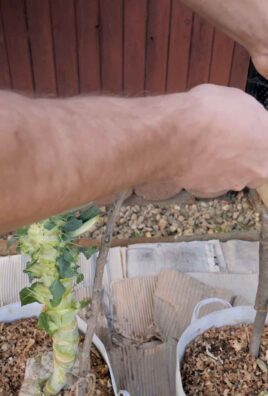
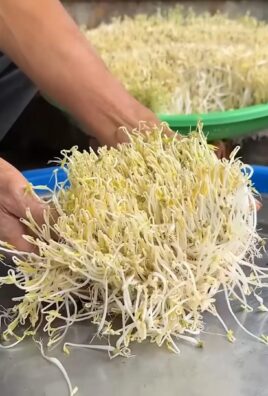
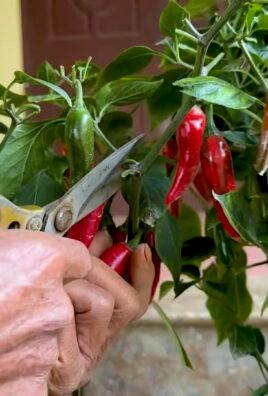
Leave a Comment